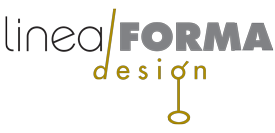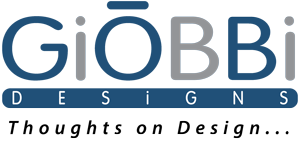After years of creating realistic looking characters to animate and lip sync using Autodesk Maya, I recently discovered a fun new app that inspires lots of possibilities. The program, Muvizu, is at the other end of the animation spectrum from Maya. It creates cartoon-like 3D characters from templates that can easily be customized. It has a fairly easy to learn interface, so it doesn’t take a 3D expert to use it. Aside from ease of use and speed of production though, Muvizu is designed to automatically lip sync.
Muvizu can’t perform complex tasks I perform in Maya, like the examples I showed in a post last month, with hands picking up and holding laboratory objects, and performing specific tasks. Those animations take many, many hours to slowly rig and then render frame by frame. On top of that, lip syncing the speech takes it to another level in complexity and production time by creating facial/mouth shapes to pronounce every speech sound with multiple expressions and match each sound individually to the blend shapes.
Instead, Muvizu shines in being able to lip sync a person or persons instantly, from created speech clips or songs and eliminates all those technical processes that slow the flow of the creation of the animation. On my first attempt, I spoke a half minute monologue into my computer microphone, plugged it into my character, and it instantly spoke it back to me! It was magical. Knowing how difficult that task can be in Maya, I realized the potential instantly — quick storytelling.
With storytelling, you don’t always need realistic characters. In fact, a realistic character always risks the uncanny valley effect. The cartoon style character, with exaggerated body parts, isn’t fooling anyone that it’s real. You accept that it’s a cartoon and concentrate more on the story without evaluating the character. And with Muvizu, the lip sync is automatically created, eliminating a huge aspect of the work, allowing the artist to concentrate more on the character’s moods and motions (blinks, head turns, gestures and expressions). It is a “mood-based” form of animation, so the character is animated based on the feelings you want it to convey while it speaks. A different, but clever approach to animation. And the gestures from each type of mood (happy, sad, angry) are supplied in pre-programmed groups to help find just the right motions to “set the mood”.
The program will never replace Maya as my main animation program, and its professional uses are somewhat limited yet still of a high quality, so for storytelling, it will definitely fit into my toolbox. It came with a series of sets (background elements and 3D objects), and whatever I create in Maya can be imported into it. For personal use, and for specific client uses, it will be another great tool. And, as I’ve always said about digital applications, it’s only a tool — the more creative someone is, the better the results, whatever the tools are.
By the way, the character shown here is my avatar, or Davatar, “Will Power”, which is yet another way I can now communicate with my son (who is dealing with health issues) when he needs a laugh. And, after all, cartoons shouldn’t be too serious a business. I’ll end here—after all, I’m learning to control my mouth!
Share this:


2 Responses
Sis G
Controlling my mouth. Great title! A lifelong goal of yours. Hahaha! I want to see Will Power in action. He looks friendly. Does he live in an alley? This is awesome Bill. You always amuse me.
bgob1
My new alter ego. Spends time on the street. Novel, eh. Talks to Travis. Thanks Gayle.